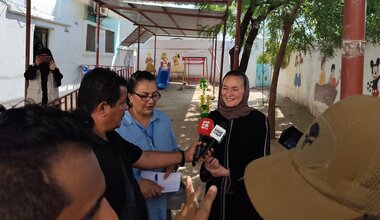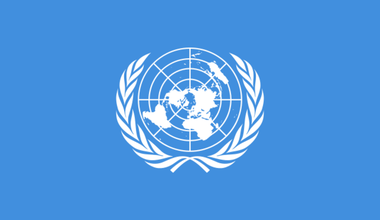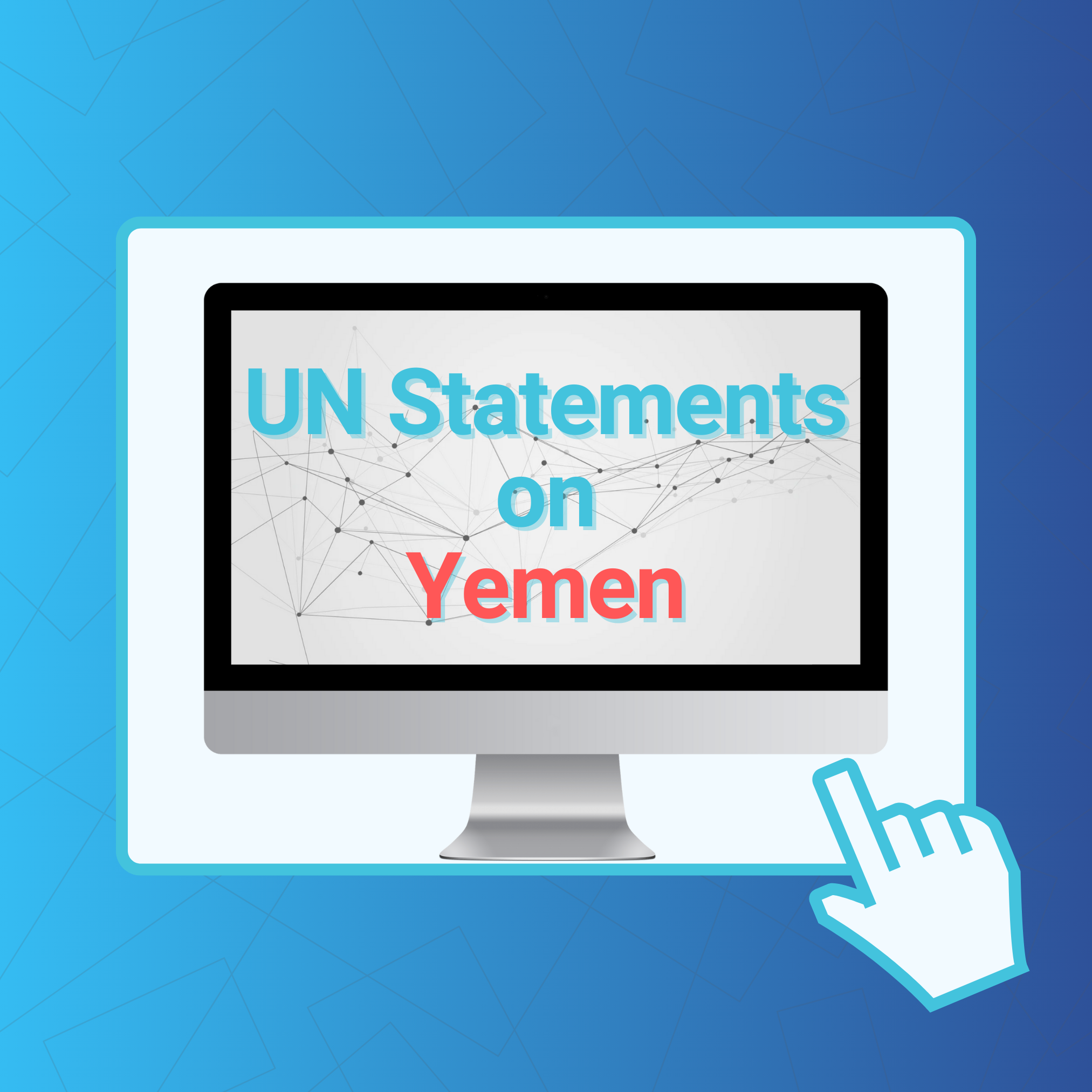End the suffering: The people of Yemen deserve the full implementation of the Stockholm agreement
On 13 December 2018, the conflict parties agreed to the Stockholm Agreement, which included a ceasefire in Hudaydah – a crucial step to alleviate the suffering of the people of Yemen.
In the lead up to the Stockholm Agreement, the people in the Hudaydah governorate were confronted with an untenable situation: six months of fighting had displaced 700,000 people; an economic crisis had caused the price of food to skyrocket by 60 per cent in one year; and more than two-thirds of the country would have been food insecure without humanitarian assistance.
Civilian casualties in the governorate were high, civilian infrastructure was frequently targeted, the frontlines had encroached on communities and residential areas, and Hudaydah city had become a prime battlefield. About 90 per cent of Yemen’s commercial imports and 70 per cent of its humanitarian assistance transited through Hudaydah’s ports, meaning that this dire situation had flow-on impacts on the rest of the country. Arterial routes vital to deliver and distribute imported goods were in a chokehold, pushing the country further towards the threat of famine and creating fuel shortages that could further bring the country to a halt.
The Stockholm Agreement represented a breakthrough in an otherwise deadlocked war, which the Security Council welcomed in its resolution 2451 (2018). As one of its constituent parts, the Hudaydah Agreement (in addition to a prisoner exchange agreement and a statement of understanding on Taïz) commits the parties to an immediate ceasefire and mutual redeployment overseen by a UN-led Redeployment Coordination Committee (RCC).
The Agreement came into effect five days after the meeting in Sweden, on 18 December 2018. It fixed in position volatile frontlines and vastly reduced the amount of fighting in the governorate. In parallel, the Agreement precipitated the initial deployment of an advance team of United Nations monitors in late December 2018 followed by the subsequent establishment of the United Nations Mission to support the Hudaydah Agreement (UNMHA), after its authorization under Security Council resolution 2452 (2019).
While actual numbers may be higher, verified figures indicate that the number of civilians killed in the governorate decreased from 350 in 2018 to 50 between January and November 2020, while the total number of civilians injured reduced from 526 to 152. Significantly, while at least 128 children were killed and another 178 were injured in 2018, between January and November 2020, verified figures suggest that 16 children were killed and 86 were injured.
In addition to the lives saved, the ceasefire enabled the return of thousands of displaced civilians to Hudaydah city. This led to a resurgence of commercial and social activities, and, critically, it enabled the resumption of food and fuel distribution across the country. Within two months of signing, in February 2019, a WFP cargo vessel entered Hudaydah port with food aid for the first time in a year.
At the same time, the Agreement provided hope. The joint mechanisms created within the framework of the Agreement became the only forums in the country where the conflict parties met face-to-face to discuss and address developments on the ground on a regular basis. Dialogue became possible and Hudaydah moved away from the brink of disaster.
Despite this, challenges persist. There have been serious breaches of the ceasefire and periodic escalations of violence that have undermined the spirit of the Agreement, including continued air strikes, while the front lines remain in place, albeit largely frozen. Joint mechanisms established within the framework of the Agreement including the Redeployment Coordination Committee (RCC) have contributed to dialogue when functional, but have been challenged by intermittent participation and incidents which have hampered a sustained coordination and cooperation on the implementation of the Agreement.
Limitations on access and freedom of movement have impacted Mission activities and constrained full mandate implementation while the COVID-19 pandemic has further contributed to the restriction of UNMHA operations and engagement. Throughout 2020, blockades of oil tankers preventing their docking and unloading instigated a recurring fuel crisis, albeit one that recent shipments into the Hudaydah Port have eased.
Despite these challenges, and in the midst of global efforts to rebound from the global pandemic, UNMHA has undertaken several initiatives to reactivate and reenergize the RCC and other joint mechanisms so as to mitigate violence in the Hudaydah governorate and pursue the full implementation of the Agreement.
It is of utmost importance that the parties renew and deliver on their commitment to the Hudaydah Agreement to realise what they agreed upon in Stockholm two years ago and bring an end to the suffering of the people of Hudaydah and Yemen.
 UN
UN









